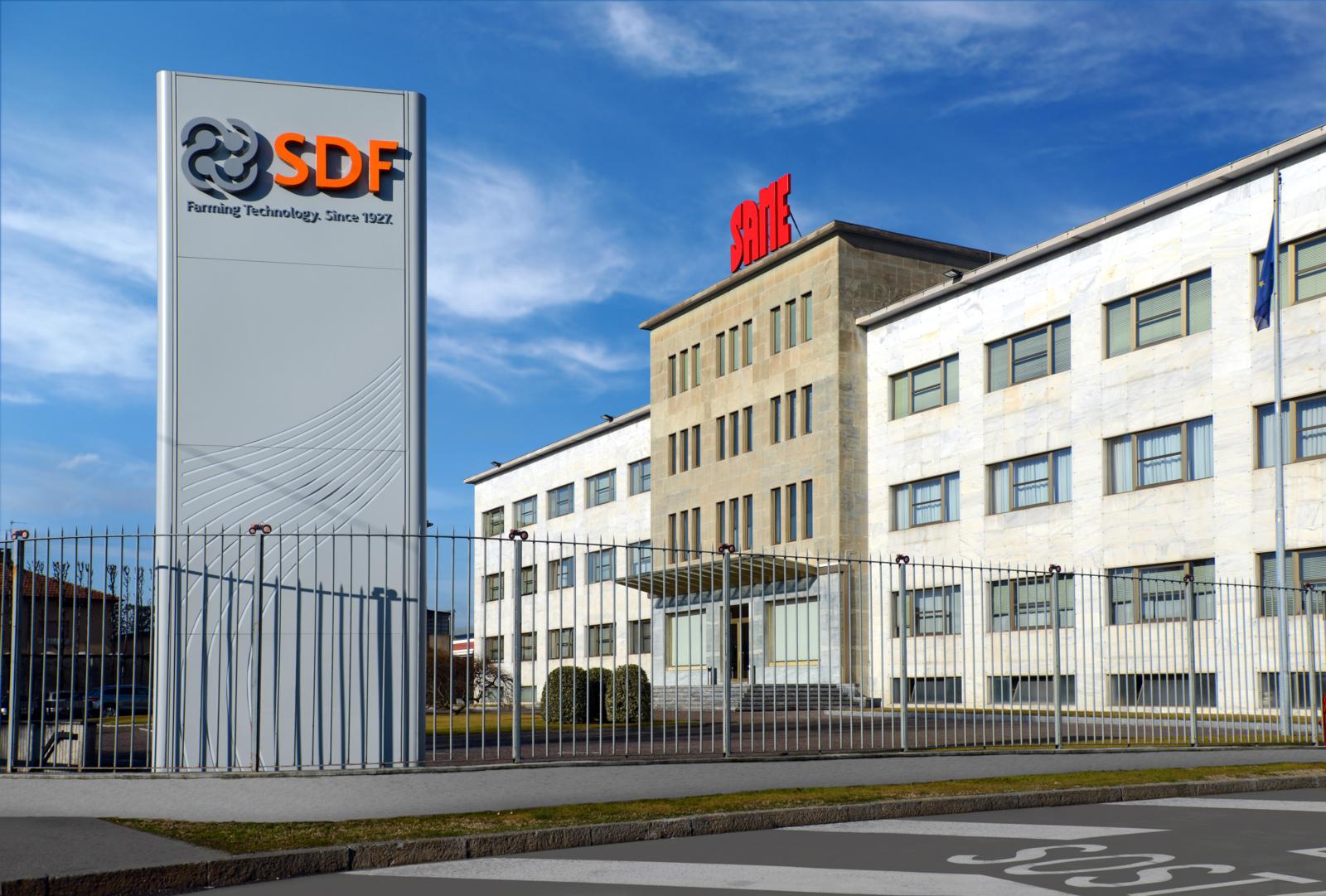
Press Release
SDF and Fondazione SAME help Ospedale San Raffaele with research on COVID-19 (SARS-Cov-2)
April 20, 2020
The international scientific community is mobilising all its resources – financial, technological and intellectual – in a race against time to better understand how the virus behaves and to develop effective treatments and safe vaccines as soon as possible.
IRCCS - Ospedale San Raffaele di Milano is engaged on the front lines of this battle with research projects and resources directed at fighting COVID-19.
Building on a consolidated relationship with this top Italian research hospital, SDF and Fondazione SAME have decided to provide financial support for two important projects by donating 800,000 euros.
The first project guided by Professor Giancarlo Comi, director of the Institute of Experimental Neurology, will study the use of hydroxychloroquine for preventive purposes.
Hydroxychloroquine is an anti-malarial drug that is also used for the treatment of rheumatoid arthritis and systemic lupus erythematosus. In this emergency situation, healthcare workers employed in hospitals that treat COVID-19 patients are at a high risk of infection and are paying a great price, in many cases even losing their lives, for their efforts.
The PRECOV study, which will cover 800 doctors and nurses actively working to fight the pandemic at Ospedale San Raffaele, aims to determine whether taking hydroxychloroquine preventively can reduce the risk of infection and affect the progression of the disease.
“SDF and Fondazione SAME have built a consolidated relationship with Professor Comi and are pleased to have continuously contributed to his work towards the treatment of multiple sclerosis,” states Francesco Carozza, chairman of Fondazione SAME. “It is therefore a source of great satisfaction to be able to support the PRECOV study he is directing.”
Thanks to the close relationship built with Professor Comi over several years, SDF and Fondazione SAME have come to know and appreciate the research conducted by IRCCS Ospedale San Raffaele.
This also led to the financing of a second project, guided by Professor Luca Guidotti, deputy science director at Ospedale San Raffaele and professor of General Pathology at Vita-Salute San Raffaele University, which calls for the creation of the only high-level biosafety lab in Italy and in the world where the in vivo study of infections such as COVID-19 on animal models can be conducted using advanced imaging techniques and single-cell sequencing.
“When the scientific director at San Raffaele, professor Gianvito Martino, informed us of the project we immediately met with professor Luca Guidotti, to learn more about it and quickly realised that this was a research project we wanted to support,” says Lodovico Bussolati, SDF's Chief Executive Officer.
The project's objective is to create a high-level biosafety laboratory (level P3) capable of studying animal models with cutting-edge technology such as intravital microscopy, which allows researchers to view the dynamic interactions between the virus and host cells in real time, and single cell sequencing, which shows how individual cells from the host change when they encounter the virus and after the encounter.
This technology is usually used to study other, equally dangerous, viruses like the virus that causes hepatitis B and the viruses behind some haemorrhagic fevers.
The financing will allow for the biosafety laboratory to be reconfigured and will support the purchase of the necessary technology and the increase in dedicated staff.
“Studying infectious diseases in animal models is very complex and dangerous. The risk of infection is higher for researchers, which is why a great deal of resources and experience are needed,” Guidotti explains. “Our objective is to participate in the international fight against the coronavirus by providing the only laboratory and technology of this kind in the world.”
These tools will in fact allow us to observe the battle between the cells of the immune system and the virus, which reproduces itself in the host's tissues, in real time and at very high resolution. Observing this extraordinarily complex scenario, which varies from one infectious disease to another, often uncovers secrets that are useful for developing new treatments and vaccines.
SDF and Fondazione SAME have decided to support these projects with a twofold objective in mind, on the one hand bringing the current crisis to an end as soon as possible, on the other ensuring that we are better prepared to manage future health emergencies.
